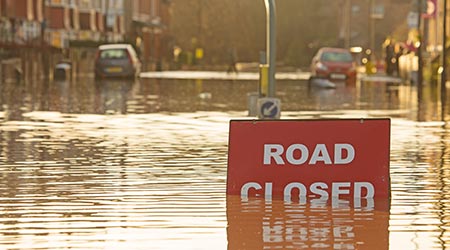
Building Decarbonization: How To Make It Sexy
March 1, 2019
Shiny, new buildings get the headlines, while their operations happen largely in the background. The constant challenge for facility managers is to identify ways to make facility management sexy – that is, to show the way that their work adds value to the organization, the community, and the planet.
One area where this is most challenging is energy efficiency and reduction in greenhouse gas emissions. Making tweaks to fan schedules and pump flows to save energy isn’t sexy. Neither is reducing carbon emissions in buildings, according to Vox. But one California organization called the Building Decarbonization Coalition (BDC) is hoping to change that by bringing visibility and credibility to efforts to lessen buildings’ contribution to global climate change.
Buildings represent 40 percent of carbon emissions. California has aggressive targets for net-zero energy buildings — all new commercial buildings will be net-zero energy by 2030 — and greenhouse gas emissions — California law requires a return to 1990 levels by 2020, a target the state is on pace to hit. The BDC is working to meet these goals, and a first step is suggesting building codes include net-zero energy language by 2028. For existing buildings, BDC has identified five challenges and opportunities for decarbonizing. The list is included in the organization’s new report, “A Roadmap To Decarbonize California’s Buildings.” they include:
- raising awareness of and demand for building decarbonization
- making sure building owners receive good value from adopting decarbonization measures
- showing the way that building decarbonization represents a better value than fossil fuels
- ensuring supply chains and delivery agents can meet rising demand for carbon-free building technologies
- aligning policy for decarbonization.
Greg Zimmerman is executive editor of Building Operating Management. Read his cover story on how buildings are tackling climate change.
Next
Read next on FacilitiesNet












